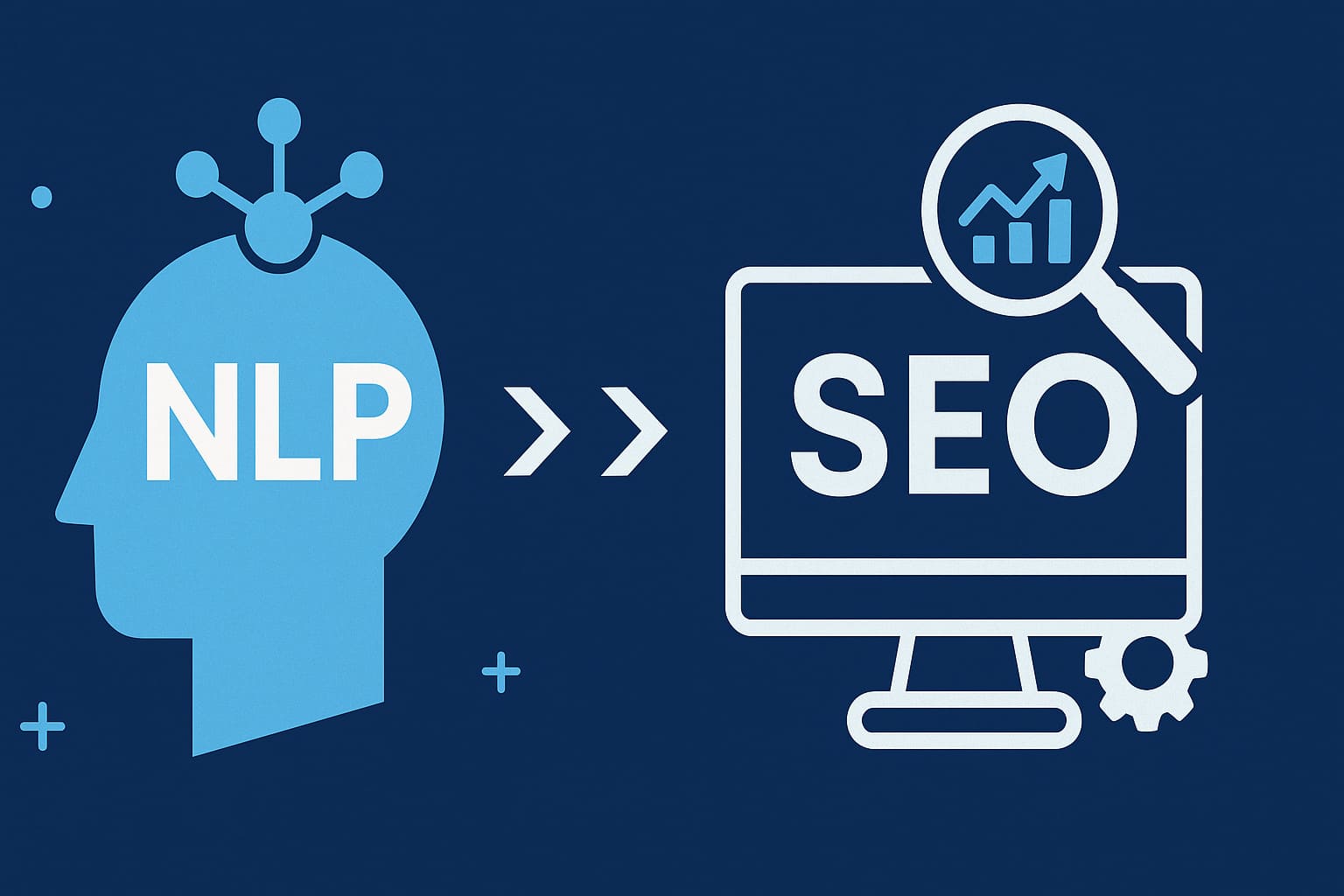AI has changed how we write. What used to take hours can now happen in minutes. But here comes the big question—can using ChatGPT text hurt your SEO?
Many people ask if Google will punish sites for using AI content.
Google has made this clear: ChatGPT text will not harm your SEO as long as it is original, helpful, and written for real people.
If your content answers real questions, shares original points, and stays relevant to the topic, your ranking is safe. But if it repeats ideas, lacks meaning, or feels off, your SEO ranking may drop.
In this post, we break down:
- What Google actually checks in AI-written content
- How to avoid common SEO mistakes with ChatGPT
- Simple ways to write better, rank higher, and stay safe
Let us uncover what makes AI content safe, strong, and search-friendly.
What Google Actually Checks in ChatGPT Content
Search engines no longer care who writes the content. They care how good it is.
Google uses its Helpful Content System to evaluate whether a page is useful, clear, and written with intent. It checks how well your content meets user needs, not whether a human or tool wrote it.
In one interview back in 2022, Google’s John Mueller was asked if their systems could recognize whether content was written by a human or AI. He replied that he could not confidently say yes.
This tells us something important: Google does not have a direct switch to detect AI vs human. Instead, it judges what the content does—not who typed it.
If your AI-written post meets intent, provides useful information, and holds attention, it can rank just like any other high-quality page.
What does Google check most?
- Relevance to the search query
- Use of semantic entities
- Topical coverage and structure
- Signals of expertise and trust
- Content clarity and flow
These are real things a reader feels. And Google follows the user.
That is why poorly written AI content often fails—not because it is AI, but because it is thin, vague, or off-topic.
When ChatGPT Content Starts Hurting Rankings
Most websites do not lose rankings because they used ChatGPT. They lose rankings because they used it poorly.
ChatGPT-written content starts hurting SEO when it creates ranking friction. That means it breaks the connection between what users search and what they find on the page.
You will not get flagged for using AI. You get dropped for publishing low-context, intent-mismatched content.
Google tracks patterns that point to weak pages. These include:
- Content dilution: Too many words, not enough meaning
- Entity drift: The topic starts one place, ends somewhere else
- Search intent mismatch: Content looks relevant but gives generic or surface-level answers
- Spam-like repetition: Repeating terms unnaturally just to appear optimized
- Zero-click signals: Users land, scroll fast, then leave
These signals tell Google your page has low value density.
If your post lacks topical coverage, fails to link to supporting ideas, or avoids semantic grouping, it may get indexed but never ranked.
This happens most when AI-generated content is posted without editing, without structure, without purpose.
Here is where ChatGPT fails:
- It creates filler to meet word count goals
- It repeats common facts with no angle or insight
- It struggles to stay within a defined topic cluster
- It forgets audience intent halfway through the content
Google sees these red flags and moves the page down.
To be clear, it is not about using AI. It is about what your content communicates, covers, and connects to.

How to Use ChatGPT Without Hurting Your SEO
Using ChatGPT is not the problem. Publishing its raw output without editing is.
If you want to rank with AI-generated content, you must shape it like an expert would. That means fixing tone, correcting facts, and making the structure match what Google’s Helpful Content System looks for.
Here is what works:
-
Add value with human input
ChatGPT gives you a start. But your job is to layer expertise, update tone, and clean repetition. Content that sounds flat or robotic often fails not because it is AI—but because it lacks editorial intent. -
Use it to draft, not to publish blindly
A first draft is not a final product. Add transitions, examples, and structure based on real SEO patterns. Blind publishing leads to ranking friction. -
Check facts, personalize tone
AI may hallucinate data or give dated examples. Always add live sources and align the voice to your brand. -
Optimize with semantic SEO
Do not just stuff keywords. Build around entities, topic clusters, and intent layering. Use NLP signals that help Google map meaning—like search modifiers, related terms, and query context match.
Real Signs Google Trusts Your AI Content
Google does not judge you for using AI. It watches how people respond to what you publish. If your content answers questions, holds attention, and supports deeper search needs, it builds trust.
Here are real, visible signs that Google trusts your AI-generated content:
- Your page ranks for long-tail keywords
- Users spend time reading the full article
- Your bounce rate stays low, scroll depth stays high
- Google shows your content in featured snippets
- Your internal links support semantic relevance
- You earn rich results like FAQs and list previews
- Your article includes strong topical coverage and entities
- You match the search intent clearly and early in the page
- Your content gets indexed fast and retains ranking
- You see organic traffic from both desktop and mobile
If these signs show up, you are doing it right. Google does not care if you use ChatGPT—it cares whether your content helps people and fits search patterns.
Helpful vs Harmful AI Content
Not all AI content is created equal. What ranks well is not just AI-generated—it is AI-guided and human-edited. Below is a clear comparison between content that helps your SEO and content that quietly hurts it.
| Feature | Helpful AI Content | Harmful AI Content |
|---|---|---|
| Human Edited? | Yes. Cleaned for tone, grammar, and clarity. | No. Published without review or edits. |
| Original Insight? | Yes. Includes real points, data, or new examples. | Generic. Repeats known facts with no depth. |
| Structured for Search? | Yes. Uses H2s, bullet lists, and question-based flow. | No structure. Feels like a wall of text. |
| Fact-Checked? | Yes. Stats and claims are verified. | No. Includes outdated or incorrect statements. |
| Matches Search Intent? | Yes. Answers the main question in first scroll. | No. Misses the real purpose behind the query. |
| Entity-Rich? | Yes. Covers related terms, topics, and concepts. | Poor coverage. Lacks connection to known entities. |
| Semantic Relevance? | Strong. Words and phrases support topic clearly. | Weak. Words drift from the core theme. |
| Reader Experience? | Smooth, helpful, and fast to scan. | Awkward, bloated, or unclear. |
Good AI content does not feel robotic. It reads like something a smart person wrote—with tools that speed up the process, not replace the thinking.
Common Myths About ChatGPT and SEO
Many people worry about using ChatGPT for SEO. Some even avoid it completely because of the false things they hear online. Let us clear this.
-
Myth: Google bans all AI content
✅ Truth: Google does not care who writes it. It cares how helpful it is. -
Myth: You cannot rank with ChatGPT content
✅ Truth: You can rank if your content matches intent, adds value, and avoids spam. -
Myth: All AI content is spam
✅ Truth: Spam comes from bad prompts, lazy editing, and zero structure—not from the tool. -
Myth: AI content gets deindexed or flagged
✅ Truth: Pages only get ignored if they lack clarity, depth, or original value. -
Myth: You must tell Google the content is AI
✅ Truth: Google does not ask for that. It only checks what the page delivers. -
Myth: Human writers always perform better
✅ Truth: Even human content fails when it is boring, bloated, or vague.
Tools do not harm rankings—poor content does. AI helps speed up writing, but only you can make it useful.
How to Make Your ChatGPT Content SEO-Safe
If you want your AI-written content to rank, you must treat it like a draft—not a final version. Below is a clear, actionable checklist to help you turn ChatGPT content into Google-trusted content.
-
Start with the user’s search intent
Know what people want to find before you prompt ChatGPT. -
Keep the main question at the top
Answer the core query clearly in the first few lines. -
Add your own experience or brand tone
Make the content sound like you—not a machine. -
Break the content into short, clean sections
Use H2s, bullet lists, and bold where it helps reading. -
Cover related topics, not just keywords
Think in terms of entities and topic clusters. -
Edit for clarity, flow, and accuracy
Fix flat intros, repeated ideas, and weak conclusions. -
Fact-check anything ChatGPT gives you
Always verify numbers, names, and real-world examples. -
Link to useful, relevant internal pages
Create a web of meaning across your content. -
Use schema if possible (FAQ, How-To, Article)
Help Google understand what your page is about. -
Avoid filler content, forced word count, or generic phrases
Quality beats length every time.
Every great AI article has a real human behind it. That’s where the difference shows—and ranks.
Conclusion
ChatGPT is not the problem—how you use it is what matters. If your content is clear, useful, and matches what people search for, it earns trust.
Use ChatGPT to save time, but use your own voice to lead. Edit what it gives you. Focus on real intent, not just words.
Let ChatGPT do the writing. You handle the thinking. That balance is what Google rewards.






